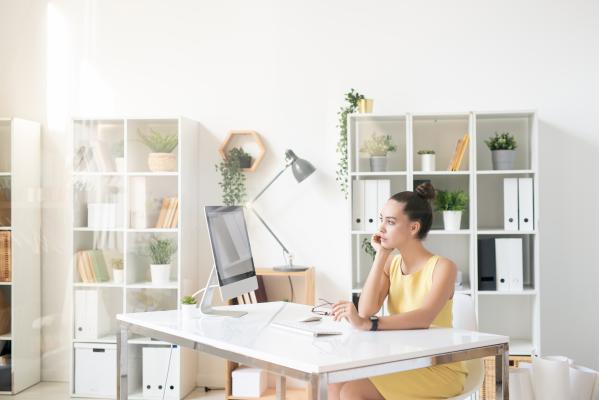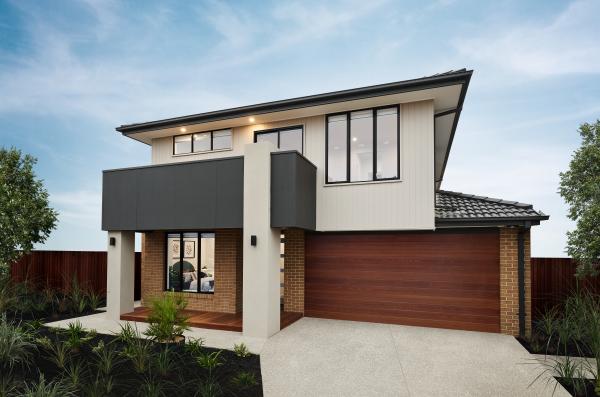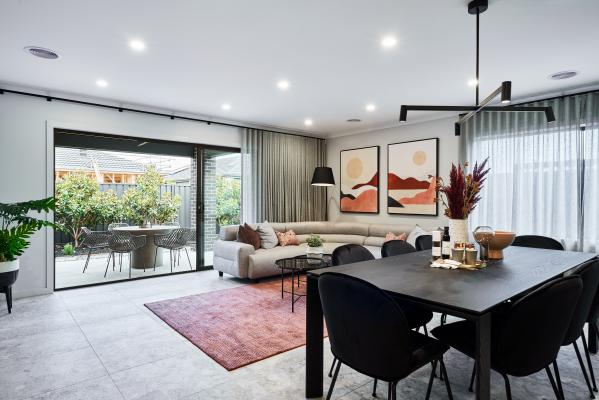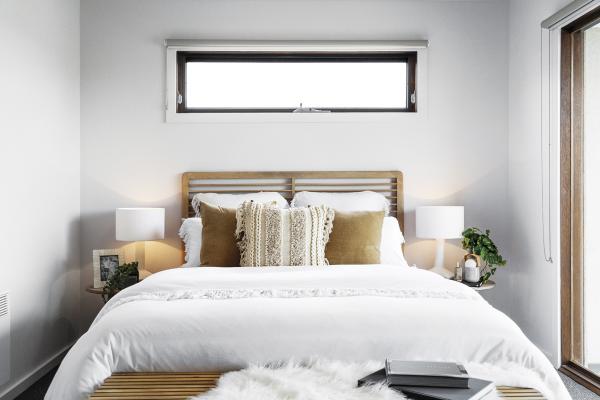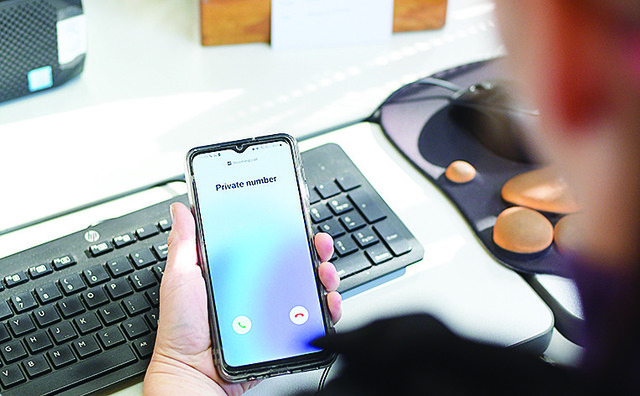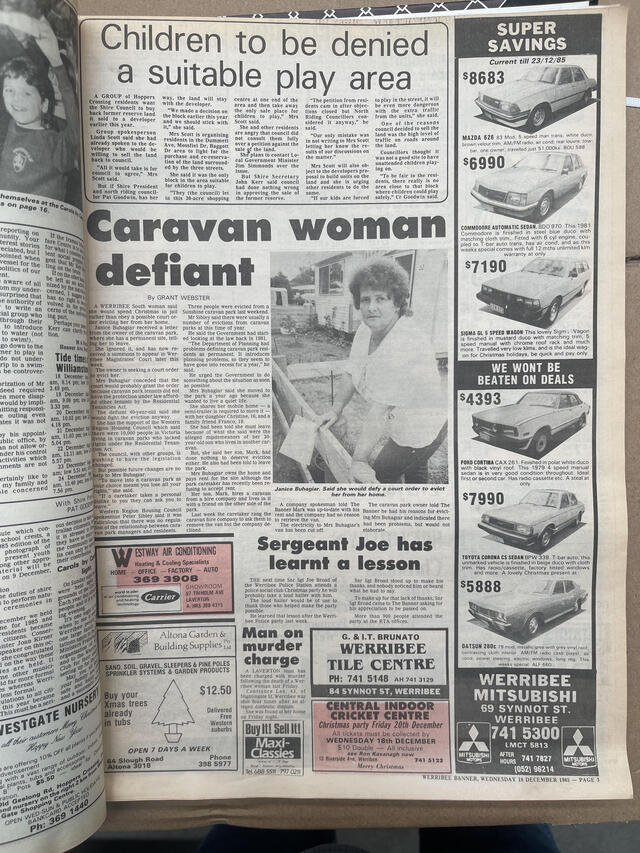Homebuyers are prioritising amenity and comfort as families to spend more time at home. Alesha Capone finds out how the COVID-19 pandemic has altered design trends for new homes.
The COVID-19 pandemic has led to different design trends emerging as priorities for many who are buying and building a new home.
Since March last year, developers have noticed people are looking for ways to maximise amenity and comfort as they spend more time at home, particularly during traditional working and schooling hours.
Peet Limited chief executive and managing director Brendan Gore said the company was seeing requests made to its builders “to ensure homes become a workplace, an escape and a spacious family-friendly zone”.
He said the houses at Peet’s newest display village in Newhaven, Tarneit, have been constructed to reflect this vision.
Representatives from two building companies with homes in the display village – Langdon Building and Simonds Group- said they have seen a rise in requests for more space in new residences to cater for families.
Simonds Homes national design manager Dave Clynk said interest in play areas and separate areas for parents and children has grown.
“Growing families are looking for more private spaces for family connection,” he said.
“The need for an indoor-outdoor connection, where the internal living areas blend seamlessly with the outdoors, has also never been more popular.”
Langdon sales manager Tamara Chan said homes with parent, child and family zones were popular.
“Older kids and teenagers often retreat to their bedrooms, so having separate space for gaming, theatre, or streaming entertainment comes in handy,” she said.
“Over the past month I’ve also seen increased inquiries for large single-storey and small lot double-storey homes, showing the need for space, and a home that has separate breakout areas.”
Another noticeable trend since the pandemic began is an increase in buyers looking for two master bedrooms, as opposed to the traditional single master bedroom.
“The need for a guest bedroom with an ensuite has largely stemmed from the rise of multiple generations of family members living under the same roof,” Mr Clynk said.
He said many families were looking for home offices to be incorporated into their future houses.
Burbank’s head of research and design, Damjan Jeremic, said the home office “is making a comeback”.
“What we found pre-COVID, for a lot of customers with smaller homes, they did not want a dedicated study space – we could always provide study nooks as option,” Mr Jeremic said.
However, he said studies with a doorway entry were now incredibly popular with people who worked from home and needed to be able to take work calls or engage in online video meetings, away from the noise generated by the rest of their household.
“Definitely since the pandemic, we have found a lot of people want a study with a door that can shut,” he said.
Mr Jeremic said a “study nook space” incorporated into a kitchen or family living area, which could cater as a work area or a spot for home-schooling, was another popular option.
He said Burbank was now offering inbuilt desks for study nooks, allowing homebuyers to select a surface that matches the laminate on their kitchen benches.
When it comes to smaller properties, AVID Property Group said there was still a strong demand for townhomes in Victoria, often for first home buyers wanting to get their foot on the property ladder.
AVID general manager Victoria, Peter Vlitas, said that during the past 12 months, the company has launched 10 individual townhome projects on the Melbourne market, the majority of which sold out within the first week.
“One of the reasons we’re finding townhomes are becoming so popular is that there’s no backyard to maintain,” Mr Vlitas said.
“Our landscaped parks, walking tracks and recreational facilities within the master planned community offer such a high-quality outdoor environment and essentially replaces the conventional backyard.”

